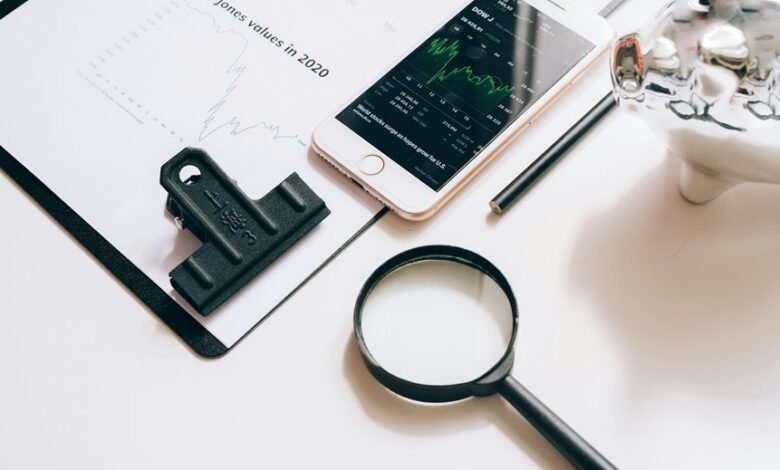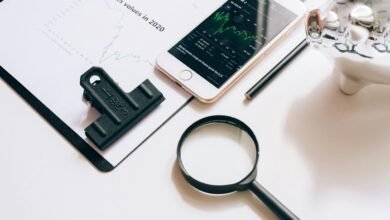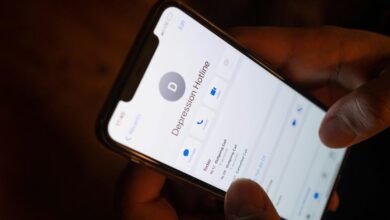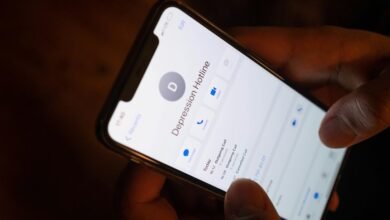Who Called You From 18337331541, 18337693123, 18337693124, 18339191627, 18339554516, and 18339651581? Find Out Everything About Any Phone Number

The increasing prevalence of unknown phone calls has raised concerns about the legitimacy of such interactions. Numbers like 18337331541 and others in this series often provoke questions about their origins. Understanding who is behind these calls can significantly impact one’s decision to engage. Various tools exist to assist in identifying these unknown callers. Exploring these resources could reveal important insights into the nature of these calls, prompting a deeper examination of caller identity and intentions.
Understanding the Caller ID and Its Importance
Although caller ID technology has become ubiquitous in modern telecommunications, its significance extends beyond mere identification of incoming calls.
Caller identification enhances user autonomy by enabling informed decision-making regarding call acceptance. However, this convenience raises privacy concerns, as individuals may inadvertently expose their personal information.
Striking a balance between utility and privacy is essential in the evolving landscape of telecommunications.
Tools and Resources for Identifying Unknown Numbers
As individuals increasingly encounter unknown numbers, various tools and resources have emerged to facilitate the identification of these callers.
Reverse phone lookup services enable users to trace the origin of a number efficiently.
Additionally, caller lookup databases aggregate information from multiple sources, providing insights into potential spam or legitimate contacts.
These resources empower users, ensuring they can make informed decisions about unknown calls.
Tips for Dealing With Unsolicited Calls and Scams
How can individuals effectively manage unsolicited calls and potential scams?
Blocking numbers is a proactive measure, preventing further interruptions.
Additionally, reporting scams to relevant authorities enhances community awareness and aids in combating fraudulent activities.
Utilizing call-blocking applications can further mitigate risks, empowering individuals to reclaim their privacy.
Adopting these strategies fosters a sense of freedom from relentless solicitations and deceptive practices.
Conclusion
In a world where technology ostensibly connects us, the irony lies in our reliance on reverse phone lookup services to discern the identities of those who disrupt our peace with unsolicited calls. While these tools promise clarity, they highlight a growing need for vigilance amidst an onslaught of potential scams. Ultimately, the quest for safety and privacy transforms into a detective game, reminding us that sometimes, the unknown callers are merely a call away from our own unwelcome curiosity.




